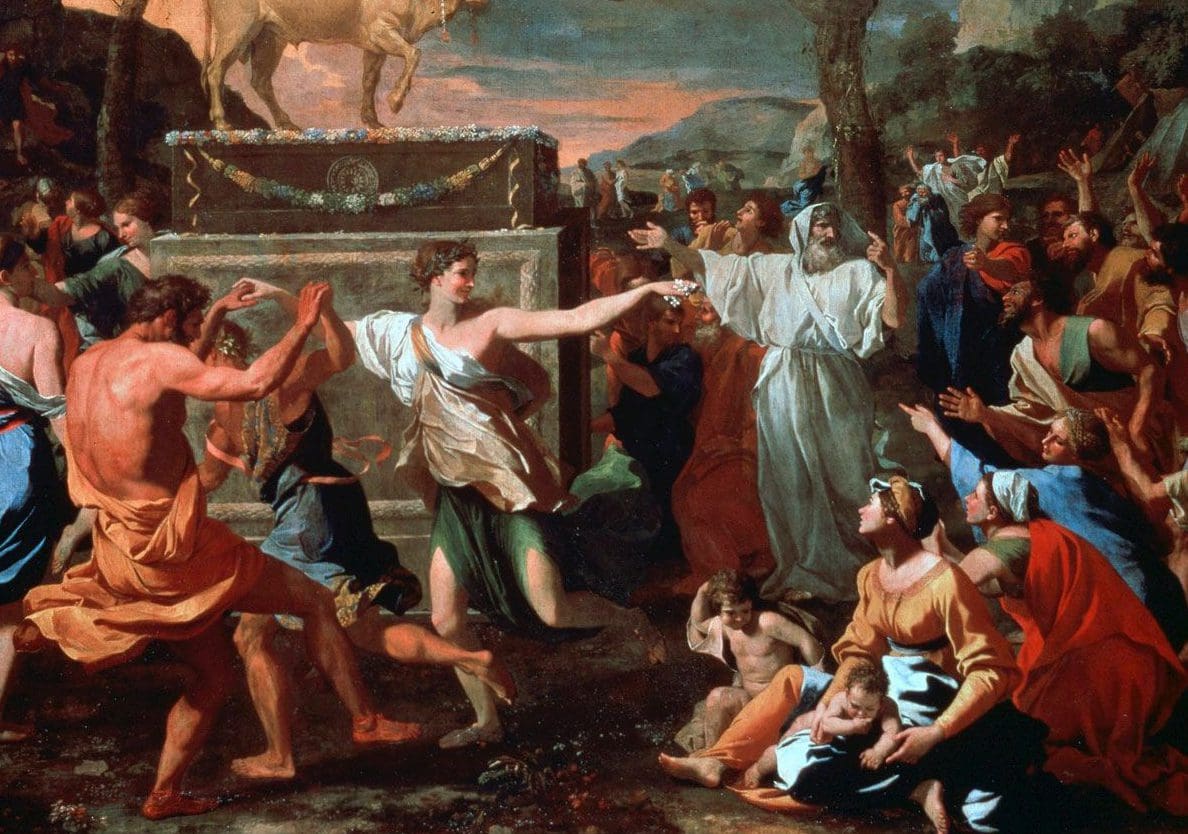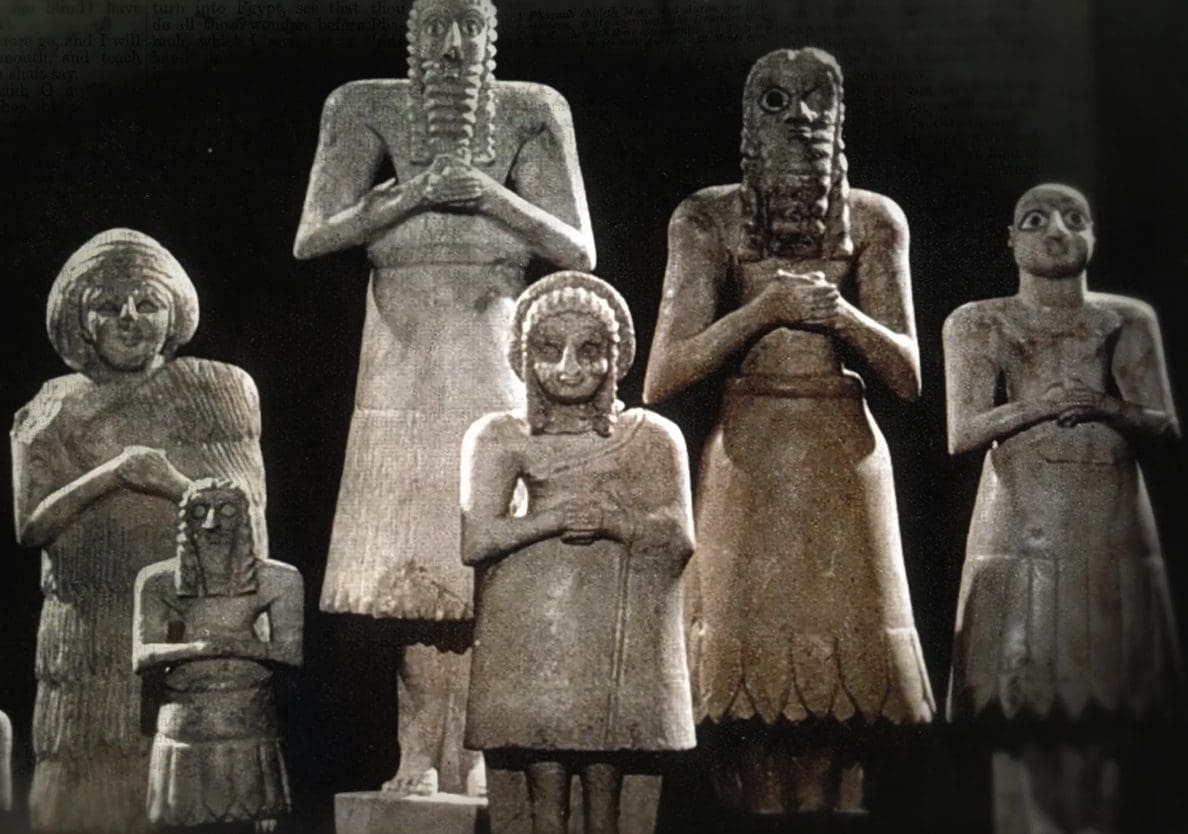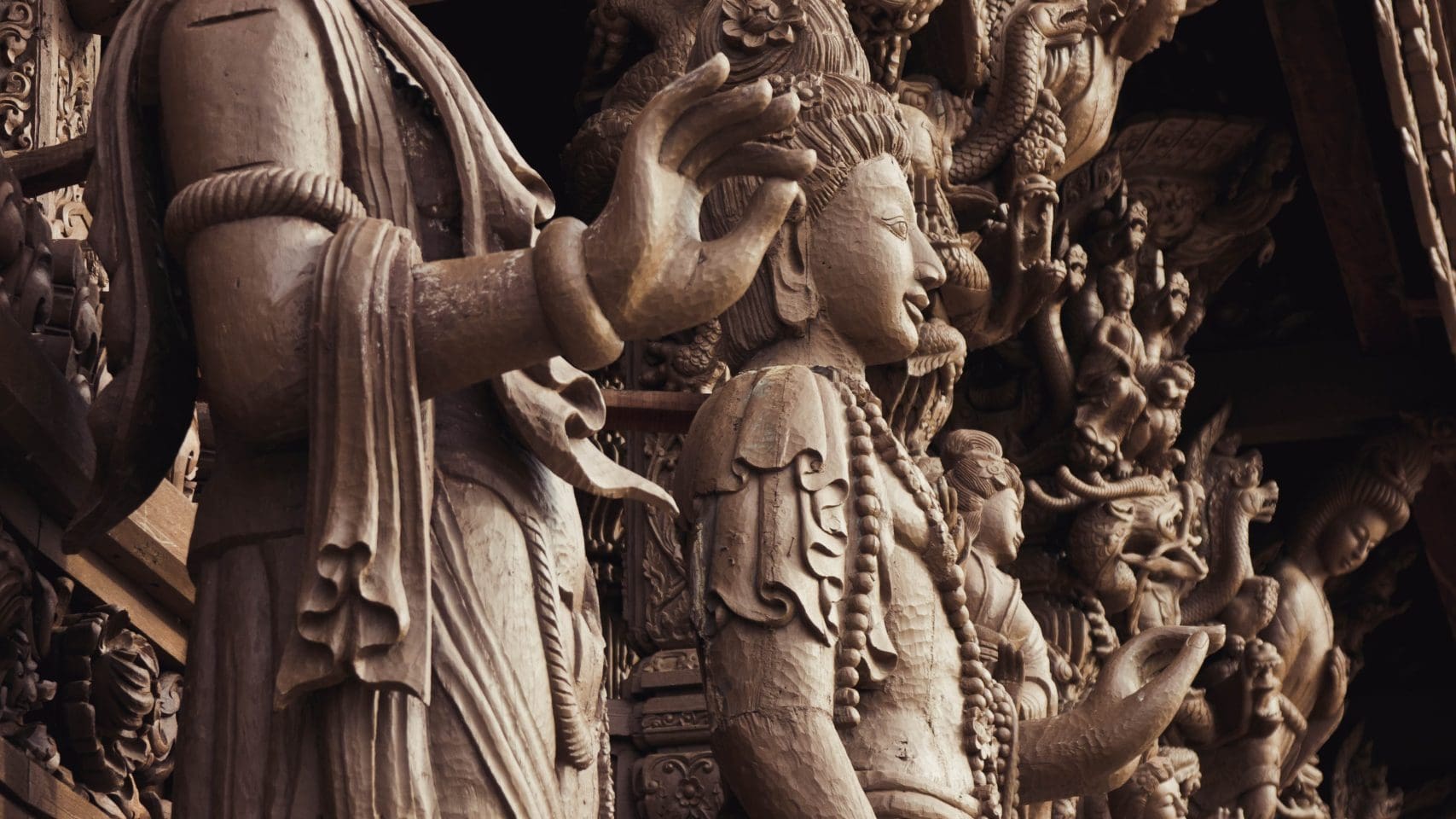As part of the great rebellion against the Creator God, man has continually sought to worship other “gods”—gods of metal, wood, and stone. Though they can neither hear, nor see, nor know, nor save, man, in his utter defiance, has continued to fashion these worthless idols. In order to expose the delusion that these images somehow bear supernatural power, God, many times in His Word, unmasks these idols to reveal exactly what they are: lifeless, breathless, and spiritless pieces of wood, stone, and metal fashioned by the hands of men.
“You are My witnesses. Is there a God besides Me? Indeed, there is no other Rock; I know not one.”
Isaiah 44:8
Indeed, as the Bible informs us, these idols were casted or molded (e.g., Isaiah 40:19, 44:10). Although this might give the impression that all idols were made of solid metal, this wasn’t always so. In fact, normally only some of the smaller idols would be cast entirely of metal, while most of the larger ones were made of wood or stone and then overlaid with metal. Such, probably, was the working of the golden calf Aaron made for the Israelites. Thus, the carpenter and metalsmith worked together (see Isaiah 40:19-20, 41:17; Jeremiah 10:3-4). The carpenter would first take a log of wood and shape it into the desired image and then the metalsmith would overlay it with metal plating. Isaiah 44:13 aptly describes the carpenter’s process: “The craftsman stretches out his rule, he marks one out with chalk; he fashions it with a plane, he marks it out with the compass, and makes it like the figure of a man, according to the beauty of a man, that it may remain in the house.” Thus, the carpenter would first trace out the image on the log of wood with chalk and then cut and carve it into that form.


Vivant Denon in his work Travels in Egypt gives a firsthand account of such an idol which he found on one of the columns of the portico of Dendera: “[I]t was covered with stucco and painted. The stucco being partly scaled off, gave me the opportunity of discovering lines traced as if with red chalk. Curiosity prompted me to take away the whole of the stucco, and I found the form of the figure sketched, with corrections of the outline; a division into twenty-two parts: the separation of the thighs being in the middle of the whole height of the figure, and the head comprising rather less than a seventh part.”[1] This more modern idol is probably quite similar in construction to its ancient counterpart. “The wooden image, once made, could be worshiped as it was, or it could be covered with plaster or with metal. On the other hand, the metallic outside might not always have had an interior of wood, but may sometimes have been filled with clay,” as idols in India are.[2]
Clearly, these idols are not gods. They are merely the workings of man’s hands and as such are an empty and vain pursuit. And so, the Lord declares: “You are My witnesses. Is there a God besides Me? Indeed, there is no other Rock; I know not one.” (Isaiah 44:8)

Ryan Hembree is a daily co-host, speaker, and writer of Bible Discovery. He also hosts a YouTube channel that shows the unity of the Bible and how science and Scripture fit together. Ryan also has an honorary Masters of Ministry in Creation Science from Phoenix University of Theology.






